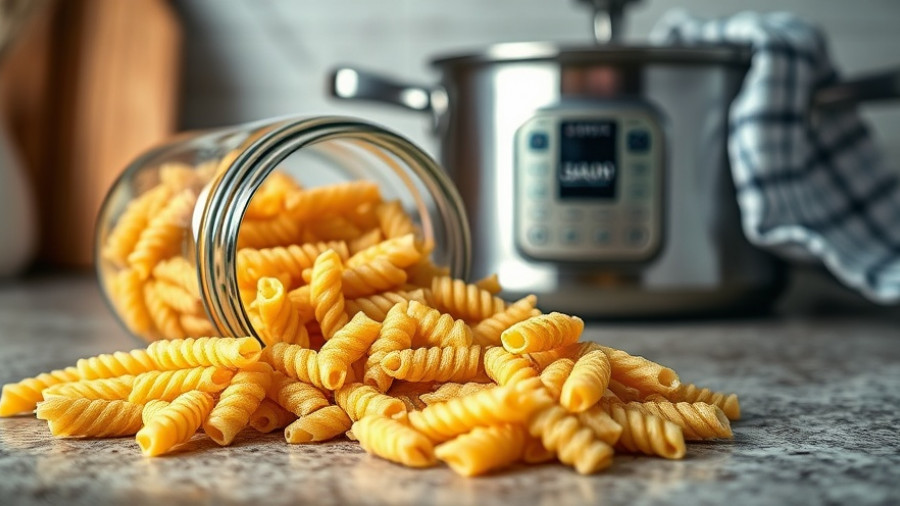
Comfort with a Healthy Twist: Redefining Your Favorite Dishes
When it comes to comfort food, many often worry about calories and unhealthy ingredients. However, there's a world of nutritious alternatives that don’t compromise on taste. Patients and local healthcare professionals looking for nutritious recipes can benefit from these wholesome comfort food options that align well with a balanced nutrition lifestyle.
The Healthiest Comfort Foods to Satisfy Your Cravings
Let’s explore seven healthier comfort foods that are not only satisfying but also packed with essential nutrients. These dishes focus on whole foods and can be easily incorporated into your diet.
1. Sweet Potato Black Bean Chili
This chili combines sweet potatoes and black beans, making it a delicious, fiber-rich meal. The anti-inflammatory properties of sweet potatoes paired with black beans create a protein-packed dish that promotes gut health.
2. Vegetable Fried Rice
Instead of heavy fried rice, opt for extra vegetable fried rice. Using brown rice and an array of colorful veggies not only makes it visually appealing but also boosts the nutrient content significantly while providing essential vitamins and minerals.
3. Lentil Baked Ziti
Swap out traditional pasta for lentils in your baked ziti. Lentils are a fantastic source of protein and fiber, making it a hearty meal that’s safe for those worried about diabetes-friendly foods.
4. Broccoli and Quinoa Gratin
This comforting dish combines broccoli and nutrient-dense quinoa topped with a creamy sauce. It’s not just indulgent; it packs a punch in terms of vitamins and minerals while aligning with a brain-boosting diet.
5. Vegan Mac and Cheese
Made with cashews and nutritional yeast, this version of mac and cheese brings a cheesy, creamy flavor without the dairy. It’s a perfect way to enjoy a classic comfort dish while boosting your nutrient intake.
6. Spaghetti Squash "Pizza" Bowls
Replace traditional pasta with spaghetti squash, offering a lower-calorie, low-carb alternative, perfect for those seeking heart-healthy diets. Top with favorite veggies and sauce for a delicious meal.
7. Black Bean Sweet Potato Enchiladas
These enchiladas are packed with flavor and nutrients. By using black beans and sweet potatoes, you’re not only indulging your taste buds but boosting your immune system too.
Final Thoughts: Nourishing Your Body with Comfort
By including these healthier twists on classic comfort foods, you can enjoy the satisfaction without guilt. These meals not only taste great but can also support your health objectives.
To find out more about how to incorporate these nutritious recipes into your diet or if you have any questions, email us or call us at 984-238-6164. Your journey to healthy eating can begin today!
 Add Row
Add Row  Add
Add 




Write A Comment